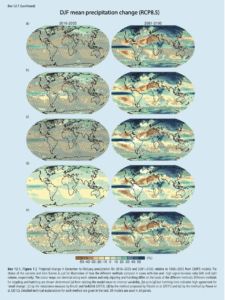In Our Own Image
In Our Own Image Reading Response
1) Fluidity of digital
Fred Ritchin suggested three levels of “fluidity of digital”:
a) Technically, the emergence of Softwares and manipulation techniques in the digital age enables humans to modify photos at will, breaking down the limitations of the time and spaces. We are able to combine objects shot in a different time or place into one photo with software such as Photoshop, expanding the flexibility for visual presentations.
b) Cognitively, the decreasing reality brought by a wide application of digital photography increases the scale of interpretations and perceptions. We may either feel upset about a journalistic photo of war based on its intended messages or feel nothing because of the disbelief in the reality of the photo. We may also interpret beyond the content of a photo according to its style: by darkening the mugshot of O. J. Simpson in 1994, the Times magazine enhanced the stereotype of “the darker, more sinister African-American as criminal” (Ritchin xiii).
c) Functionally, digital technology complicate and add to the original task of photography. The emphasis starts to shift from truthful recording towards artistic expressions and future predictions. For example, in the 2018 IPCC report “Long-term Climate Change: Projections, Commitments and Irreversibility“, a DJF mean precipitation change is used to intuitively present the projected change in December to February precipitation for 2016–2035 and 2081–2100 using CMIP5 models (1042). The graph’s function is not capturing the current status of the earth but predicting future status based on data and analyzations. It serves as an example of the flexibility of photography’s functions in the digital age.

2) Photography and Reality
With the increasing ability to modify photos, Photography in the digital age loses the capability to present reality in a “monolithic” way (Ritchin xx). A single photo can hardly represent the reality of, or make others believe in the contents and messages it tries to convey. However, we can try to approach reality with a “collaged series of composites” in a way that resembles writing. In other words, the reality was not provided by the photo itself, but by the logic and relationships within the composition of the photographer. Photographers can choose to show reality or show their own ideas by their compositions and ways of shooting photos, just as writers can choose to write an objective report or an imaginative novel. The extent to which the reality is represented depends on how strongly the photographer argues with evidence and what the purpose of the photography is by shooting the photo. Therefore, photography’s capability of presenting reality is becoming similar to that of writing. In comparison, digital photography is flexibility in purpose than the virtue reality, which has the only purpose — to approach reality to the maximum level.